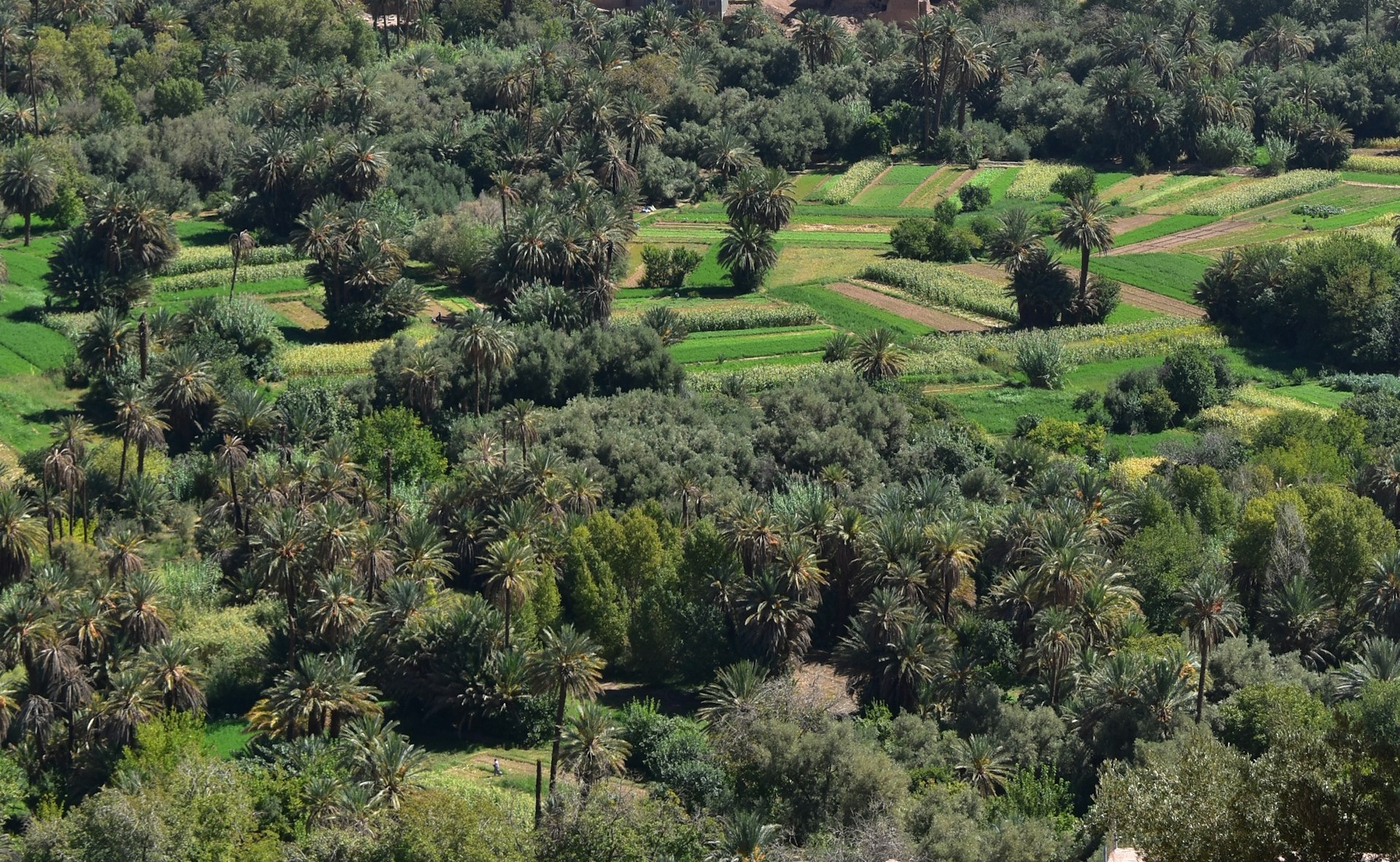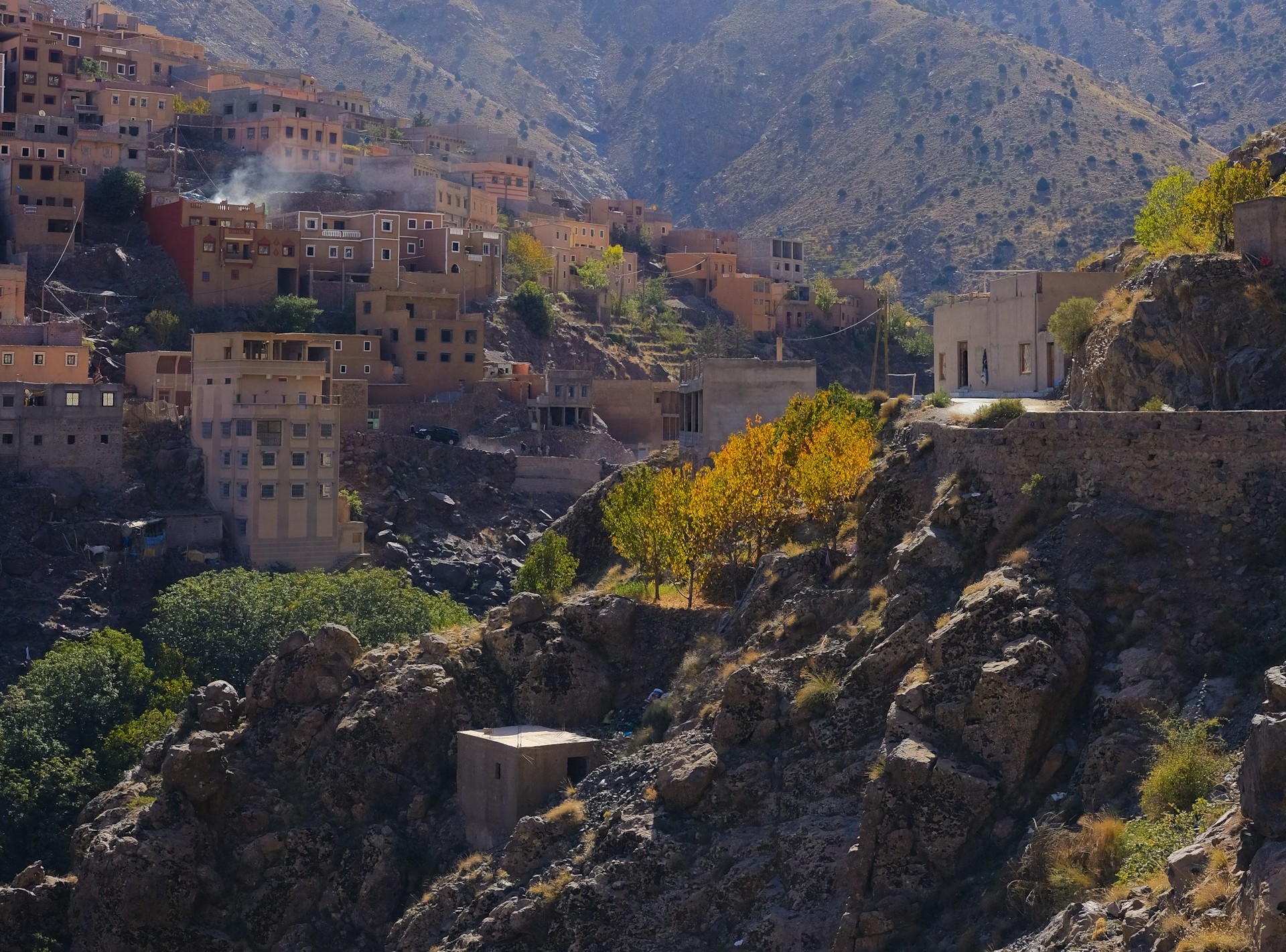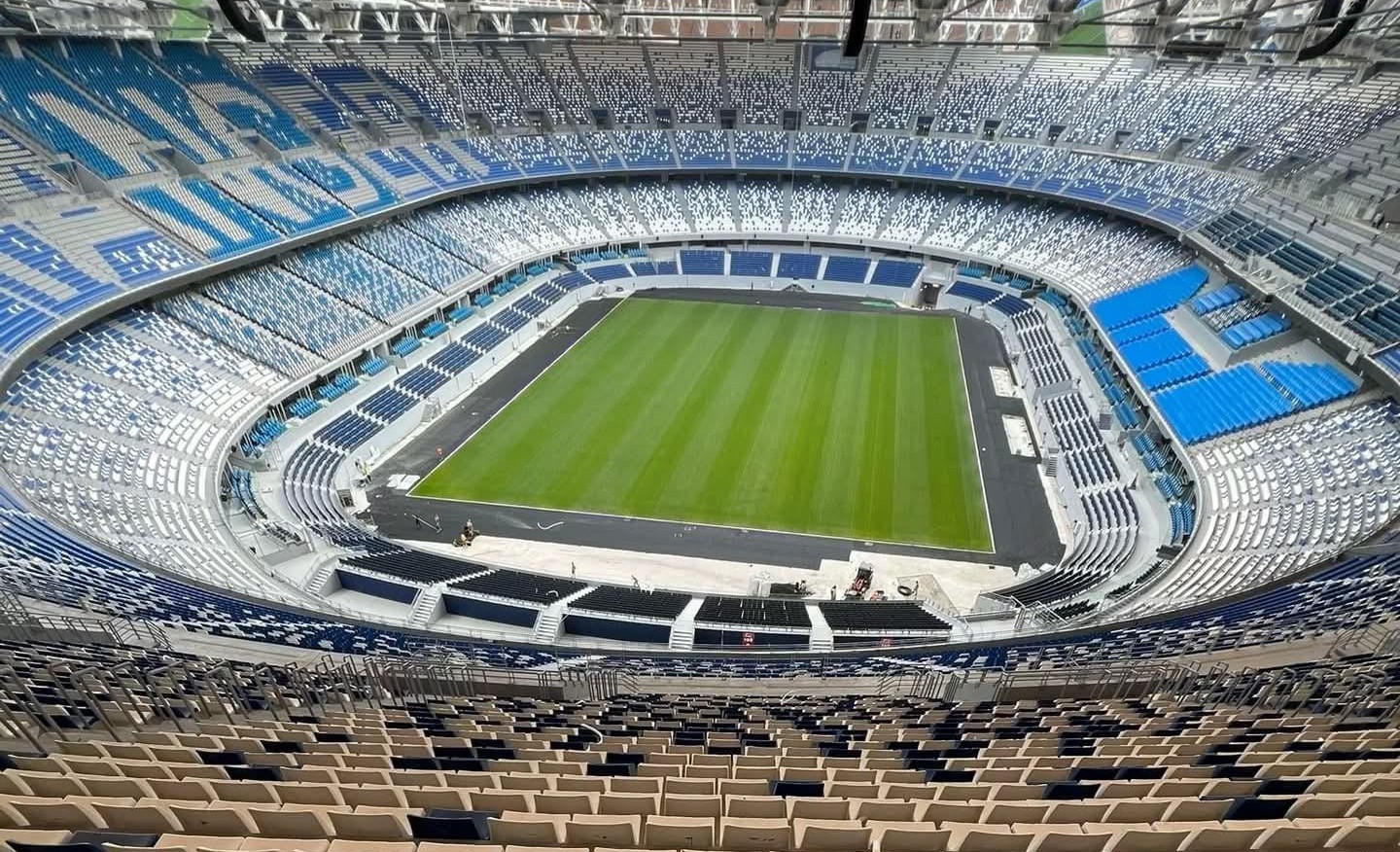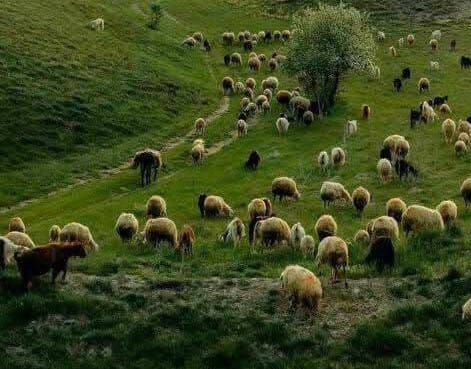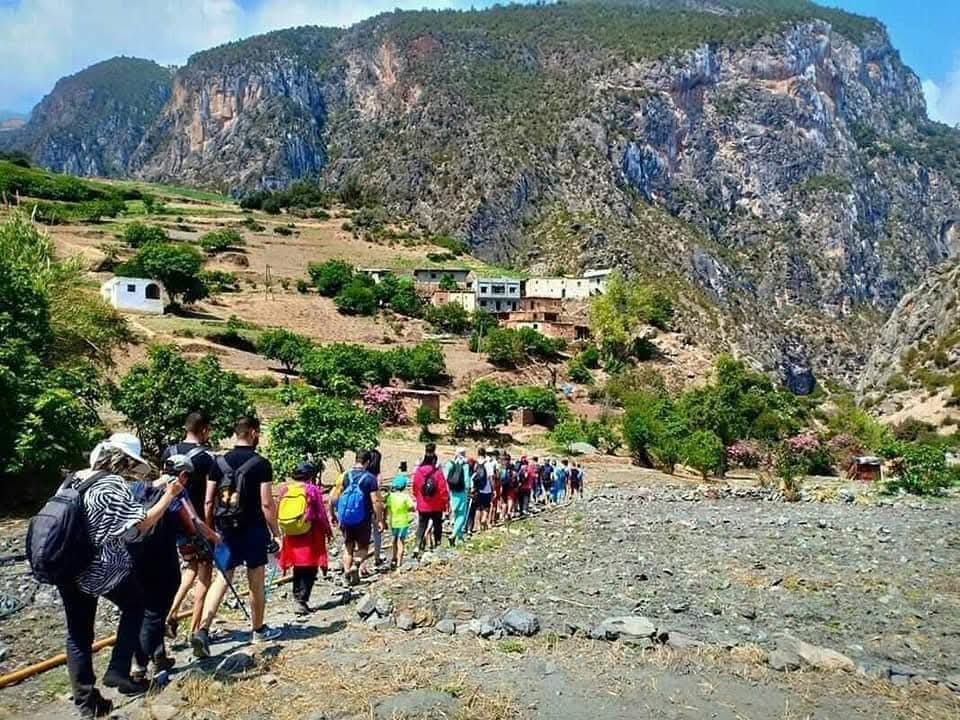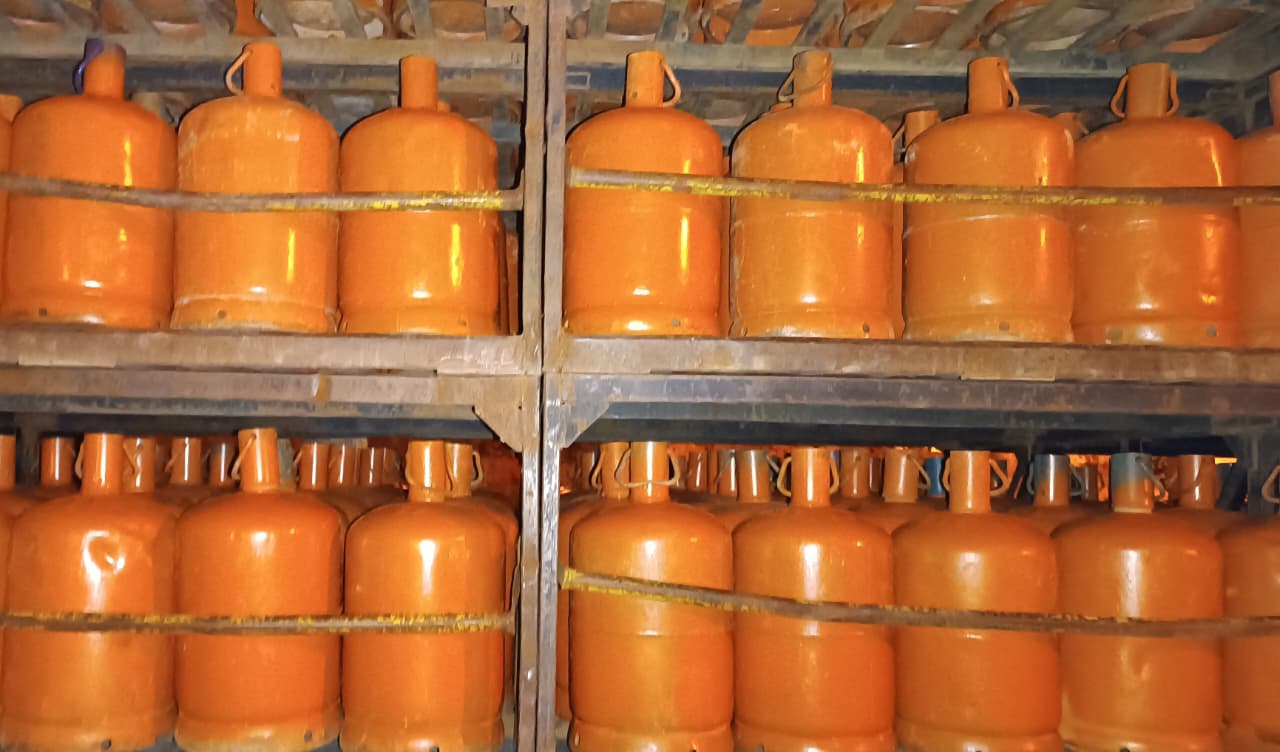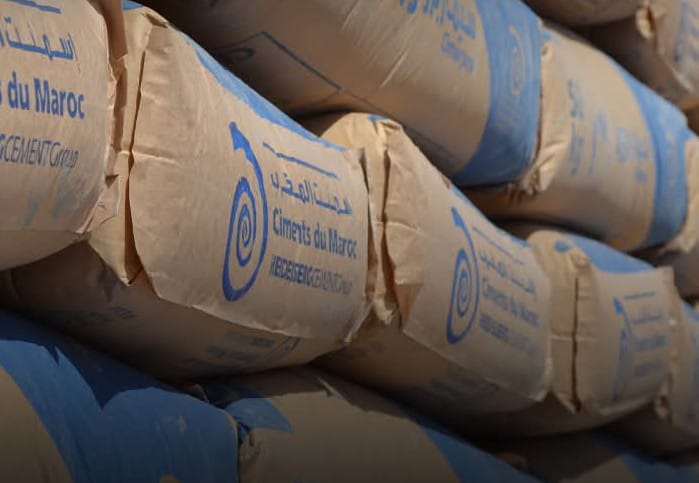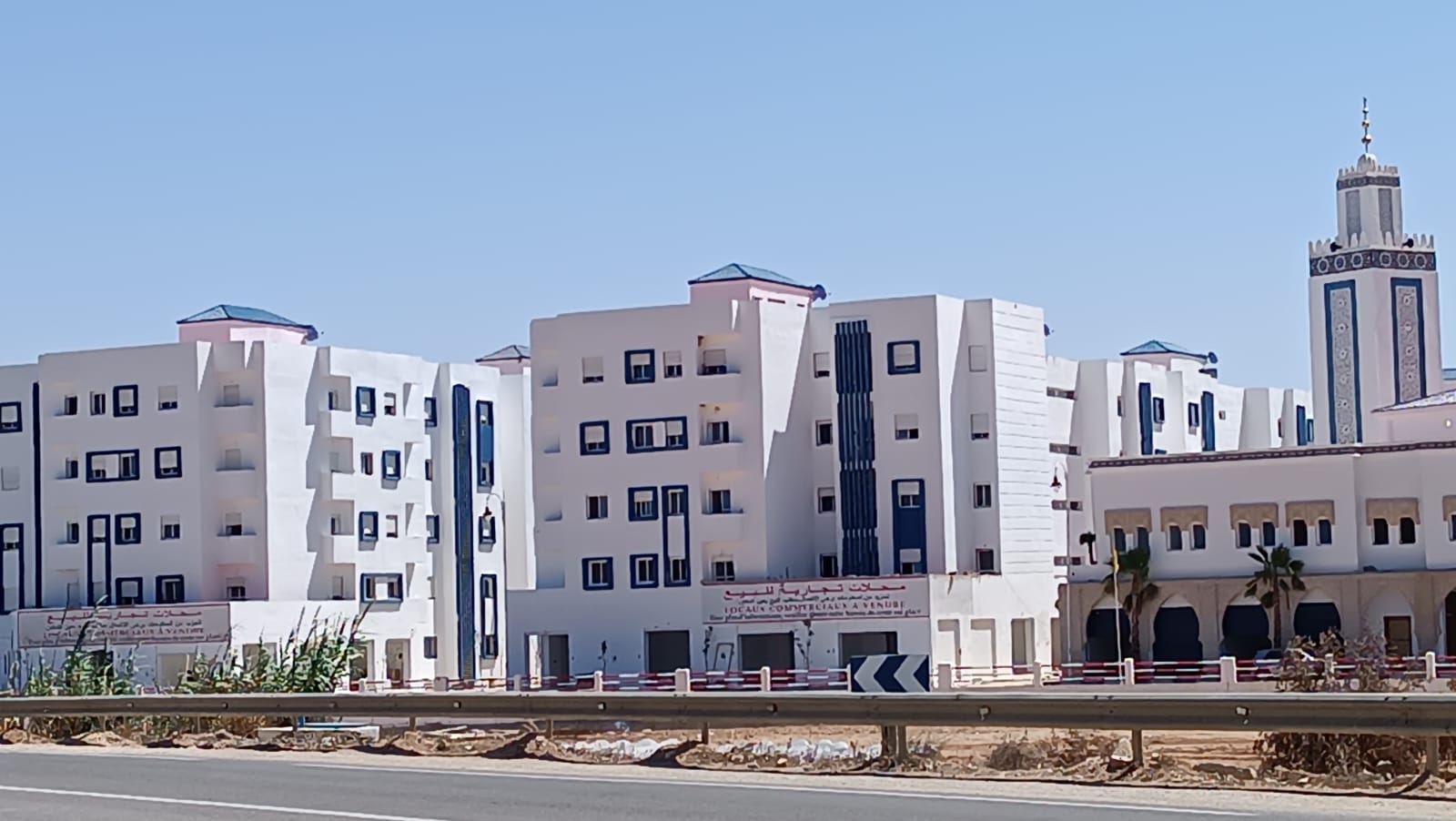Casablanca – Mountain tourism in Morocco is a growing sector, attracting both local and international visitors who are eager to explore the country’s stunning mountain ranges. With its diverse landscapes, rich cultural heritage, and wide range of activities, Morocco offers a unique mountain tourism experience that combines adventure, nature, and local traditions.
The richness of Morocco’s mountain regions
Morocco is home to some of the most remarkable mountain ranges in North Africa. The Atlas Mountains, which stretch across the country, are perhaps the most iconic. The High Atlas, Middle Atlas, and Anti-Atlas mountains offer visitors a variety of terrains, from rugged peaks and valleys to lush forests and arid landscapes. In addition to the Atlas range, the Rif Mountains in the north provide a beautiful coastal-mountain blend, characterized by dramatic cliffs and scenic vistas.
These mountain ranges not only provide breathtaking views but also play a significant role in the cultural and ecological identity of Morocco. Villages nestled within these mountains reflect traditional ways of life, often maintained for centuries, with local customs, handicrafts, and cuisine that add to the allure of the region.
Key mountain destinations in Morocco
The Atlas mountains
The Atlas Mountains are the heart of Morocco’s mountain tourism. The High Atlas, home to Mount Toubkal, the highest peak in North Africa, draws trekkers and climbers from around the world. The mountain’s challenging ascent offers a sense of accomplishment and provides panoramic views of the surrounding area. The nearby Imlil Valley and the Toubkal National Park are popular bases for hikers and climbers.
Other notable areas in the Atlas Mountains include the Ouirgane and Ourika Valleys, which offer scenic beauty and cultural encounters. Visitors to these valleys can explore traditional Berber villages, hike through orchards and forests, or take part in eco-tourism activities aimed at preserving the natural environment.
The Rif mountains
Located in northern Morocco, the Rif Mountains offer a different type of mountain experience. The region is known for its verdant landscapes, terraced fields, and remote villages. The area surrounding Chefchaouen, often referred to as the “Blue City,” is particularly famous for its picturesque beauty, with the Rif mountains forming a stunning backdrop. Visitors to the Rif Mountains can enjoy trekking, hiking, and birdwatching while exploring its rich biodiversity and encountering traditional ways of life that are heavily influenced by both Berber and Arab cultures.
Another remarkable destination in Morocco is Tidirhine Mountain, the highest peak in the Rif Range. Towering over the town of Issaguen, this mountain is not only a natural wonder but also a gateway to the rich traditions of the local Berber communities, renowned for their hospitality. Tidirhine offers breathtaking landscapes and a glimpse into the cultural heritage of the Rif region.
The Middle Atlas
Located between the Rif and High Atlas ranges, the Middle Atlas is known for its lush forests and cool climate, providing an ideal setting for outdoor activities. Popular spots in this region include Ifrane, a charming town often compared to European alpine villages due to its distinct architecture and tree-lined streets. The Middle Atlas is also home to the Michlifen Ski Resort, where visitors can enjoy skiing and snowboarding during the winter months.
Activities for mountain enthusiasts
Morocco’s mountains offer a diverse range of outdoor activities catering to all levels of adventure. Here are some of the most popular activities for those interested in mountain tourism:
Trekking and hiking
One of the most popular ways to explore Morocco’s mountains is through trekking and hiking. The country offers a wide range of trails, from short walks to challenging multi-day treks. The Toubkal Summit trek, for example, is one of the most famous in Morocco, attracting trekkers from around the world. There are also numerous other trails in the Atlas and Rif mountains that offer varying degrees of difficulty, making them suitable for both novice hikers and experienced adventurers.
Climbing
For those with a passion for climbing, Morocco’s mountains provide a range of opportunities. The High Atlas, in particular, offers climbing routes for all skill levels, with the Toubkal summit serving as the ultimate challenge. In addition, the Rif and Anti-Atlas regions provide excellent rock climbing spots with stunning views and relatively less crowded areas.
Mountain biking
Mountain biking is another thrilling way to explore Morocco’s rugged terrain. The Atlas Mountains, with their vast network of trails, offer cyclists the chance to ride through remote villages, across rivers, and over mountainous landscapes. The Rif Mountains also provide exciting mountain biking opportunities with scenic routes and dramatic terrain.
Skiing and snowboarding
During the winter months, the Middle Atlas becomes a popular destination for skiing and snowboarding enthusiasts. The Michlifen Ski Resort offers snow-capped peaks and well-maintained slopes, making it a suitable destination for both beginners and more advanced skiers.
Cultural and ecological significance
Mountain tourism in Morocco is not just about natural beauty and outdoor activities; it is also about connecting with the local culture. The mountain regions are home to the Berber people, who have lived in these areas for centuries. Their traditional lifestyles, distinctive crafts, and warm hospitality are central to the mountain tourism experience. Visitors can explore Berber villages, participate in local festivals, and enjoy traditional cuisine such as tagine and couscous.
The ecological diversity of Morocco’s mountains is also significant. The region is home to a wide range of flora and fauna, including endangered species such as the Barbary lion and the North African leopard. Sustainable tourism practices are increasingly being promoted to protect these unique ecosystems, ensuring that future generations can continue to enjoy the beauty of Morocco’s mountains.
Best times to visit
The best time to visit Morocco’s mountains depends on the type of activities you wish to pursue. For trekking and hiking, spring (March to May) and autumn (September to November) are ideal, as the weather is mild and the landscapes are lush and green. Winter (December to February) is perfect for skiing and snowboarding in the Middle Atlas. However, it is important to consider that some mountain areas can be challenging to access during the peak of winter due to snow and weather conditions.
Accommodation and services
Mountain tourism in Morocco is supported by a variety of accommodation options, from basic guesthouses and mountain lodges to luxury hotels and resorts. In addition, the rise of eco-tourism has led to the development of sustainable lodges that emphasize environmental responsibility and local community involvement.
Visitors can also find local guides who are knowledgeable about the area, its trails, and its history, which can greatly enhance the overall experience. Many regions also offer traditional Berber-style guesthouses where tourists can immerse themselves in the local culture.
Challenges and considerations
While mountain tourism in Morocco offers numerous benefits, it is essential to address certain challenges. Climate change and over-tourism in certain areas have raised concerns about the sustainability of tourism in Morocco’s mountains. Efforts are being made to promote responsible tourism that respects both the environment and local cultures, with a focus on sustainable practices that can preserve the beauty of the mountains for future generations.
Mountain tourism in Morocco offers an unparalleled experience for nature lovers, adventure seekers, and those interested in cultural immersion. From the towering peaks of the Atlas Mountains to the serene valleys of the Rif, the country’s mountains provide a diverse and enriching environment for exploration. With the right balance of adventure, culture, and environmental awareness, Morocco’s mountains continue to be an ideal destination for travelers seeking both excitement and tranquility.
